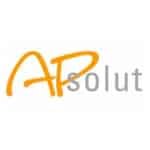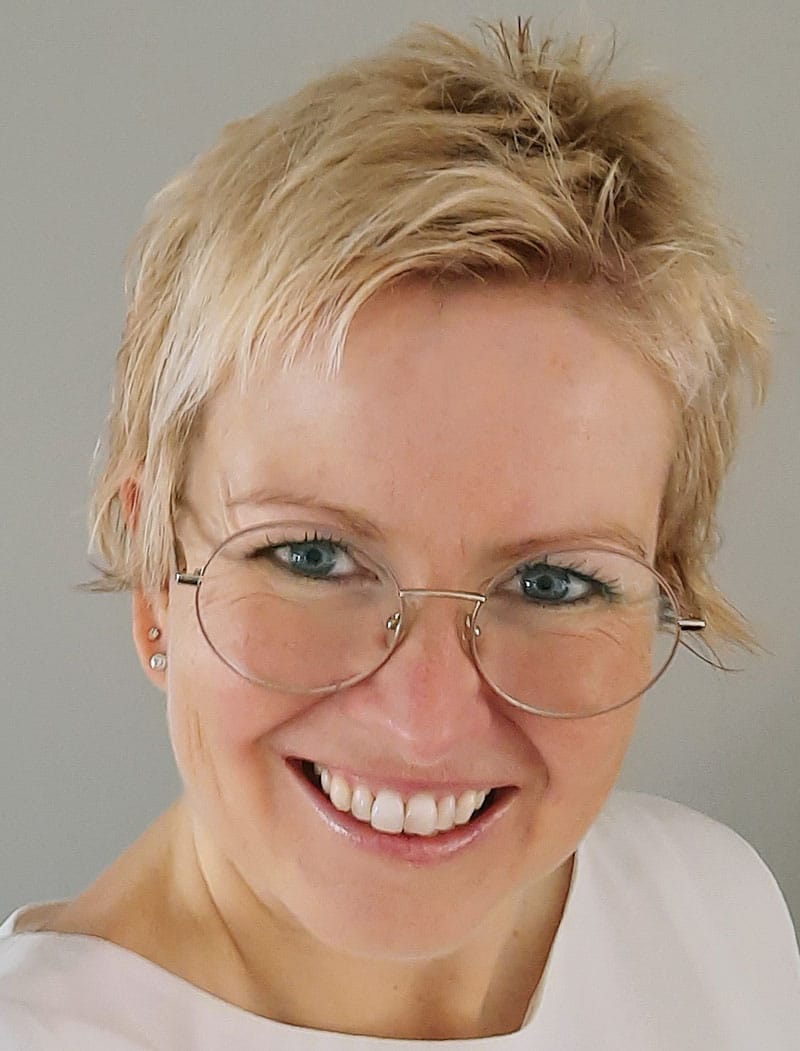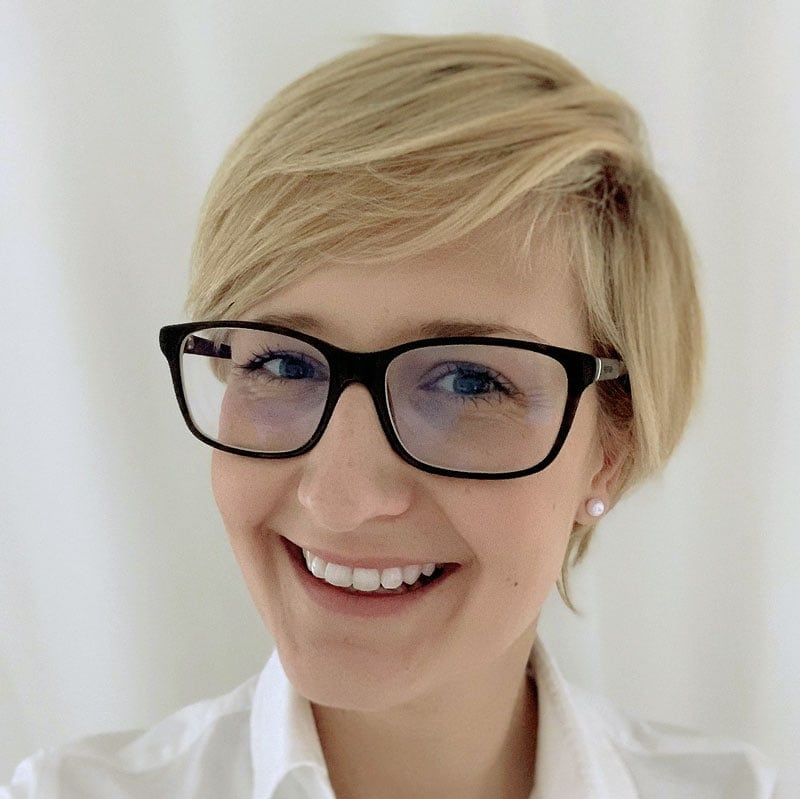More Transparency in Procurement for GEA


As one of the largest systems suppliers to the food, beverage, and pharmaceutical industries, GEA offers a highly diversified portfolio. The company is organized into five divisions, each of which is supported by central, regional, and local functions. Due to historical growth and numerous acquisitions, the company has developed an extremely heterogeneous IT infrastructure consisting of more than 60 ERP systems, which are to be replaced by a single ERP instance: SAP S/4 Hana. Consequently, GEA launched a global transformation program in 2020 that will run for several years.
Embedded in the S/4 program is a project to harmonize indirect procurement, which is as complex as the GEA organizational structure. Thus, many different responsibilities for the procurement of indirect materials have developed at individual levels. In addition, purchasing processes are supported by several IT-supported and manual procedures.
"Before we could address digitization issues, we therefore had to do a lot of organizational groundwork,” recounts Kati Rother, Digital Procurement Program Manager at GEA. “For example, our project team was initially faced with the difficult task of defining uniform processes, structures and roles for ordering indirect materials across the company.” "Our project team was initially faced with the difficult task of defining uniform processes, structures and roles for ordering indirect materials across the Group."
Source-to-Pay
In the search for a suitable platform to automate the new source-to-pay process, the choice fell on SAP Ariba Guided Buying. “On the one hand, this solution gives us the flexibility we need to map the purchasing requirements of the various business units,” emphasizes Tina Schmidt, Senior Business Application Consultant at GEA. Moreover, Guided Buying is in line with the global digitization strategy of the machine and plant manufacturer and can be seamlessly integrated into the existing multi-ERP system environment.
The connection to the strategic Ariba functions, which GEA had already introduced for sourcing and contract management with suppliers, is just as simple. This means that results in strategic purchasing—such as discounts and special delivery conditions—can be used directly for operational ordering processes.
To further facilitate communication with the ERP system landscape, S/4 Central Procurement (CP) was also introduced. CP acts as an integration layer in which procurement processes from different ERP systems can be merged, centrally controlled, and standardized. Documents and master data relevant to procurement are created and stored directly in the associated master data and ERP systems. There is no need for redundant data storage. "“Since the company-wide S/4 Hana implementation is in full swing, we still have to connect three SAP backend systems and one SAP master data governance, MDG, for supplier master data to Guided Buying for the time being,” explains Tina Schmidt. “With this in mind, CP provides ideal middleware to centralize our procurement functions across multiple ERP systems.”
Following the project launch in March 2021, GEA completed the pilot phase the following fall, during which Ariba Guided Buying and S/4 Central Procurement were introduced at five locations in Europe and Asia. As expected, the combined use of the two procurement solutions offers a number of significant advantages. Guided Buying provides the company with an intuitive user interface that allows to order the necessary items from predefined catalogs—whether it be hardware, software, office supplies, or marketing services—with just a few clicks and screen changes. Because of their simplicity, the new purchasing processes can be compared to the user experience in the private B2C sector.

Relief for procurement
Since catalog orders are almost completely automated right through to goods receipt posting in Guided Buying and Central Procurement, there is no longer any need for support from procurement teams. This has resulted in considerable time savings. In addition, compliance guidelines can be adhered to thanks to preconfigurable policies. “Since all delivery conditions are coordinated with the business departments and procurement, requesters are always within a safe framework when ordering catalogs,"Kati Rother sums ups.
GEA also considers it a great success that Guided Buying was able to increase the catalog ratio to 30 percent in relation to the number of transactions within a short period of time. “Even this increase in the catalog ratio means a massive relief for our procurement teams,” says Rother. “Due to our large workforce of over 18,000 employees worldwide, orders for smaller items are piling up.” In the long term, GEA’s goal with the new platform is to largely reduce the more time-consuming free-text requirements.

At the same time, the new solution ensures transparency in indirect procurement, as it provides a comprehensive overview of requesters, requirements, suppliers, and prices. Once Guided Buying is rolled out to all other locations, GEA will for the first time have the opportunity to view all indirect procurement transactions in a single central system, which increases efficiency.
Global rollout
After completing the pilot project, both SAP procurement solutions will be rolled out in 22 GEA locations. Support for the implementation comes from the SAP partner Apsolut, specialist for intelligent spend management and digital business transformation, who managed to convince the GEA team from the start. "“With Apsolut, we have an experienced consulting partner by our side who combines vertical procurement processes and SAP know-how,” say both Kati Rother and Tina Schmidt.
Overall, the pilot phase went according to plan, even though there were time lags now and then due to the higher-level S/4 implementation. “However, the Apsolut team didn’t let this put them off and kept adjusting the project plan at short notice,” explains Kati Rother. “Consequently, we received all the desired results in time.” This achievement is all the more remarkable given that the entire pilot project had to take place purely remotely due to the pandemic. “Remote collaboration meant that we were always able to respond very quickly, even though the GEA locations involved were spread across two continents,” emphasizes Tina Schmidt.
Overall, the pilot phase went according to plan, even if there were occasional delays due to the overarching S/4 implementation. "However, the Apsolut team didn't let this put them off and kept adapting the project plan at short notice," emphasizes Kati Rother. "As a result, we received all the desired results on time." This achievement is all the more remarkable because the entire pilot project had to take place purely virtually due to the pandemic. "Thanks to the remote collaboration, we were always able to react very quickly, even though the GEA national companies involved were spread across two continents," emphasizes Tina Schmidt.
“In addition, a tight schedule of the numerous online workshops and meetings enabled us to focus strictly on the current project requirements.” Thus, all project participants agree that they have found a highly effective, trusting cooperation during the pilot phase—an excellent prerequisite for the upcoming rollout.






